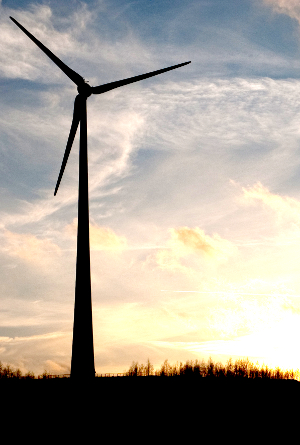Low cost green future waiting on policy, study says
 New research says Australia could go 100 per cent renewable, with a few good policies.
New research says Australia could go 100 per cent renewable, with a few good policies.
A WWF report produced in collaboration with the Australian National University (ANU) has found Australia is actually well placed to reduce emissions through carbon-free technologies, as their costs continue to drop.
The study found that Australia could source all of its power from renewable sources by 2050 – without being hit by big adjustment costs or harming economic growth – if only the nation had clear and stable policy settings.
Currently, Australia’s climate policy does not extend beyond 2020.
The Federal Government reticence on renewable energy has created an investment drought in the sector, and led international government to challenge Australia over its weak emissions reduction target and commitment to renewable energy.
The WWF/ANU report drew conclusions from the body of existing research to show how cheap cutting carbon emissions is becoming.
“For example, large-scale solar panel power stations are already only half the cost that the Treasury’s 2008 and 2011 modelling studies estimated they would be in the year 2030,” the report states.
But the study did not produce any new modelling or quantify the cost of structural adjustments.
It argues that renewable options are becoming cheaper, while fossil fuel technology stay at the same price.
It says that even the major source of rising global emissions – China - has seen economic growth slowing, “and the country is decoupling economic growth from greenhouse gas emissions, in a deliberate effort to move to a lower-carbon growth model”, the report states.
Australian National University associate professor Frank Jotzo - one of the report’s lead authors – has told Guardian Australia reporters that the nation’s emissions could be slashed at a fairly low cost.
“With our abundant renewable resources we are one of the best placed countries in the world for moving to a fully renewable electricity supply,” he said.
“Australia can achieve zero net emissions by harnessing energy efficiency, moving to a zero-carbon electricity system, switching from direct use of fossil fuels to decarbonised electricity, and improving industrial processes.”
“The solution is clear: set an ambitious long-term goal for reducing carbon pollution, and take decisive action to make it happen,” national manager of WWF, Kellie Caught, told reporters.
The full report is available in PDF form from the WWF’s website.







 Print
Print